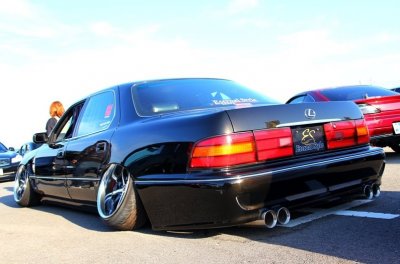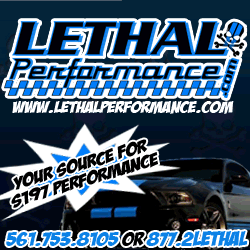Ok just to clear up some confusion:
All that being said, thank you everyone for your input so far
- Car is daily driven the said 80miles a day mostly during non-rainy summer days maybe 3 times a week
- I like adjustability and will NOT go back to a simple spring and strut type setup
- I don't care what the required rebuild mileage is, I believe in the 'do it once, do it right' mentality and will pay to have them rebuilt when needed
- I've had spring rates in the 850lb range before and daily drove the car just fine but definitely felt the need for better dampers - thus this thread. New rates will be no more than 550 lbs
- I intend to - and previously have - tracked the car but had a setup that was less than ideal
- The car will be corner balanced when the new setup goes in
- I find enjoyment in having insane amounts of mechanical grip in daily driving situations just as much as track days
All that being said, thank you everyone for your input so far
Last edited:




